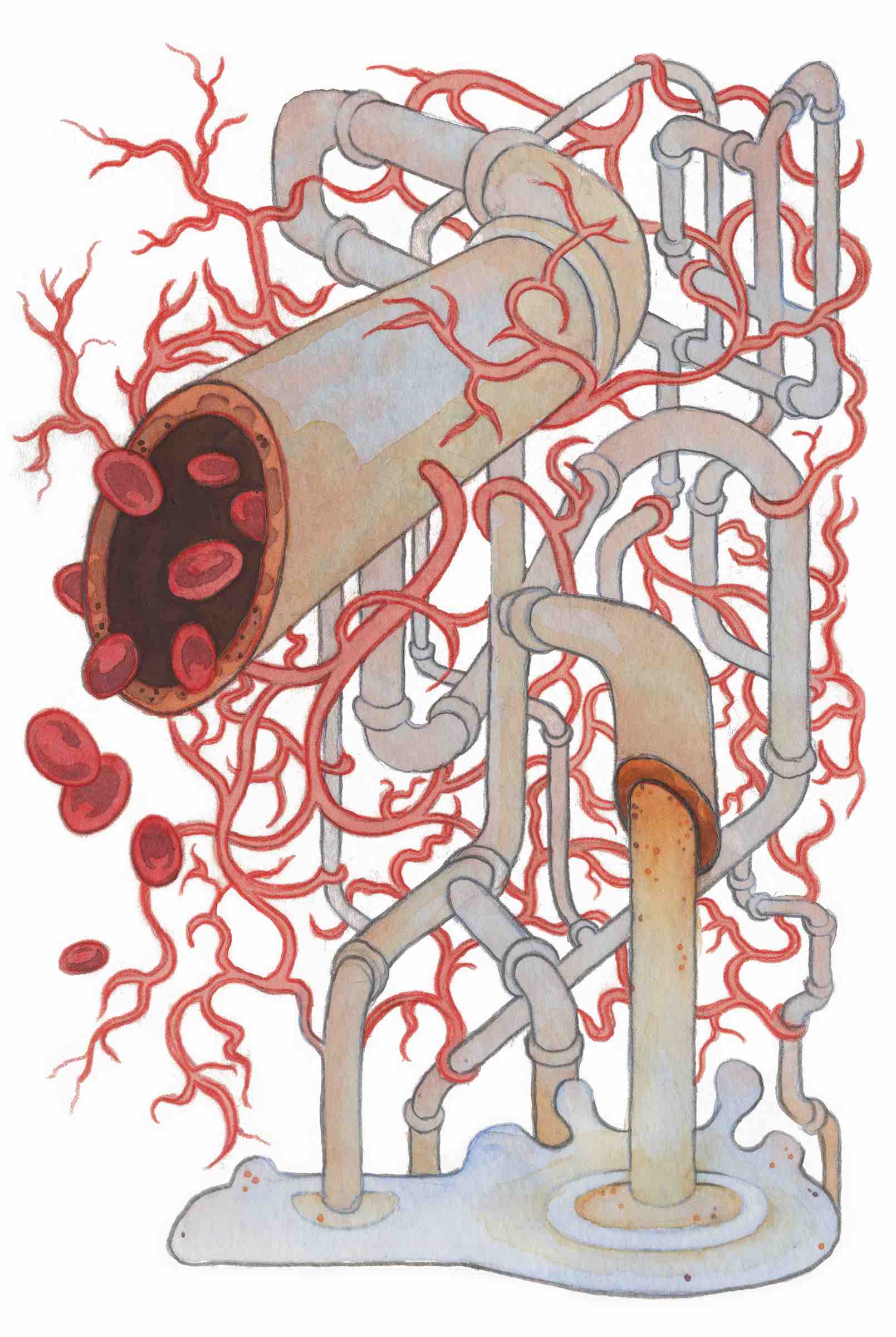As many as 12.8 million lead pipes wind through homes, businesses, and schools in the United States, making lead poisoning a reality for broad swaths of the American population. The effects of lead poisoning can be irreversible, ranging from high blood pressure to impaired brain function. Children are especially at risk, as they absorb more lead than adults, and lead can permanently derail the development of their brains. Low-income communities of color, where lead water pipes are particularly prevalent, are also disproportionately vulnerable.
Yet, despite common perceptions, the fundamental source of this crisis is not simply a lack of government funding. Even after funding has been allocated, many Americans remain unwilling to grant the government access to remove lead pipes due to justifiable concerns about bureaucratic efficacy. Top-down federal efforts that ignore this mistrust limit their own potential. Successfully eliminating all lead pipes in the United States will require an individualized and educational approach that resolves, rather than ignores, residents’ political and economic concerns.
Many Americans’ understanding of lead poisoning springs from news coverage of the crisis in Flint, Michigan. In 2014, a desire to save money led the Flint government to switch its drinking water supply to the Flint River, causing toxic water to corrode the lead pipes in residents’ homes for a year and a half. The government’s botched response ultimately devastated the health of Flint’s youngest generation, elevating lead levels in children by two to three times. While the crisis increased national awareness of the dangers of lead poisoning, many Americans remain oblivious to how widespread the problem is. In 2015, about 18,000 water systems across the country violated the Safe Drinking Water Act. These systems served 77 million Americans, each of whom faced constant risks with each sip of water.
Multiple levels of the US government have recently initiated efforts to mitigate the drinking water crisis. The situation in Flint spurred 180 towns and several states into action, helping fund efforts to remove lead service lines. Additionally, the bipartisan infrastructure bill, signed in November 2021, will dedicate $15 billion over five years to eliminate all known lead pipes and service lines in the country. These funding programs, however, will inadequately address the problem if they do not also tend to the population’s underlying mistrust of government intervention in their communities.
Chicago provides an illuminating example of this. From 2015 to 2020, researchers found that lead water levels in some areas of Illinois mirrored those in Flint at the peak of its water crisis. In response, Chicago dedicated $8.5 billion in 2020 to removing and replacing its lead pipes, the highest city-wide investment in the country. However, despite extensive funding—the factor many may assume to be key to solving this problem—Chicago’s lead pipe removal program has stalled at several stages due to residents’ wariness of the program. Many Chicagoans may prioritize immediate economic concerns and thus oppose the program, believing that the lead pipe removal will include hidden costs or increase their long-term household water expenses. These convictions, although misguided, understandably push residents to prohibit government officials from coming into their homes to remove the lead pipes.
Language barriers and historic mistrust of the government only increase resistance to lead pipe removal in Chicago, where many residents are members of immigrant communities. Undocumented immigrants often fear that accepting government assistance—through the pipe removal program, for example—will derail their chances of getting a green card. This worry springs from a 2019 Trump administration policy that made green card eligibility partially contingent on immigrants’ financial independence from the government. This policy is no longer in effect, yet the fear it entrenched remains. Additionally, both documented and undocumented immigrants are disproportionately likely to face language barriers, making it difficult for them to get detailed information on the importance of lead pipe removal.
Historical precedents also create a wariness of the government entering residents’ homes. During the abusive 1932 Tuskegee Experiments, for example, the government used Black Americans with untreated syphilis as experimental test subjects, causing the deaths of over 100 men. This history prompts some minority communities—particularly Black individuals—to be wary of government intervention. Citizens’ justified mistrust of the federal government is a reality for which invasive policies must account, especially when implementing them in low-income, minority communities.
Chicago’s lead pipe removal program is one example of how policymakers might begin to confront challenges, like the historical mistrust of government, head-on. When a pilot version of the program was implemented in 2021, city staffers encouraged participation by posting flyers, organizing block meetings, engaging with individual residents, and reaching out to Spanish-speaking residents via a bilingual community coordinator. Progress, however, was slow: The pilot program, which only covered one city block, attracted just half of the 40 or 50 homeowners to the program. Citywide efforts were similarly unavailing. This demonstrates that solving the lead pipe crisis, as with all environmental justice initiatives, can be far more complex than anticipated. Successful policies require not just federal funding but also intimate, specialized efforts to foster trust among individuals at the local level.
Even with these efforts, it may take time to fully eliminate lead pipes on a national scale. Policymakers must reckon with problematic racist histories and craft extensive, long-term educational campaigns to help combat communities’ hesitancies. And beyond allocating funding to remove the pipes, legislation must contain explicit clauses that prohibit hidden costs and grant immunity to immigrant populations. To maximize success, funding bills should give local governments both the money and the discretion to handle the removal of lead pipe systems in their own communities, as they better understand the unique needs of their constituents. It may be easier for politicians to win votes by simply waving around the “$15 billion” number, but the amount of money is irrelevant if those at the center of the crisis do not wish to accept the aid it can provide. Any effective government policy, particularly one dealing with such a pressing crisis, must understand and respect this reality.
